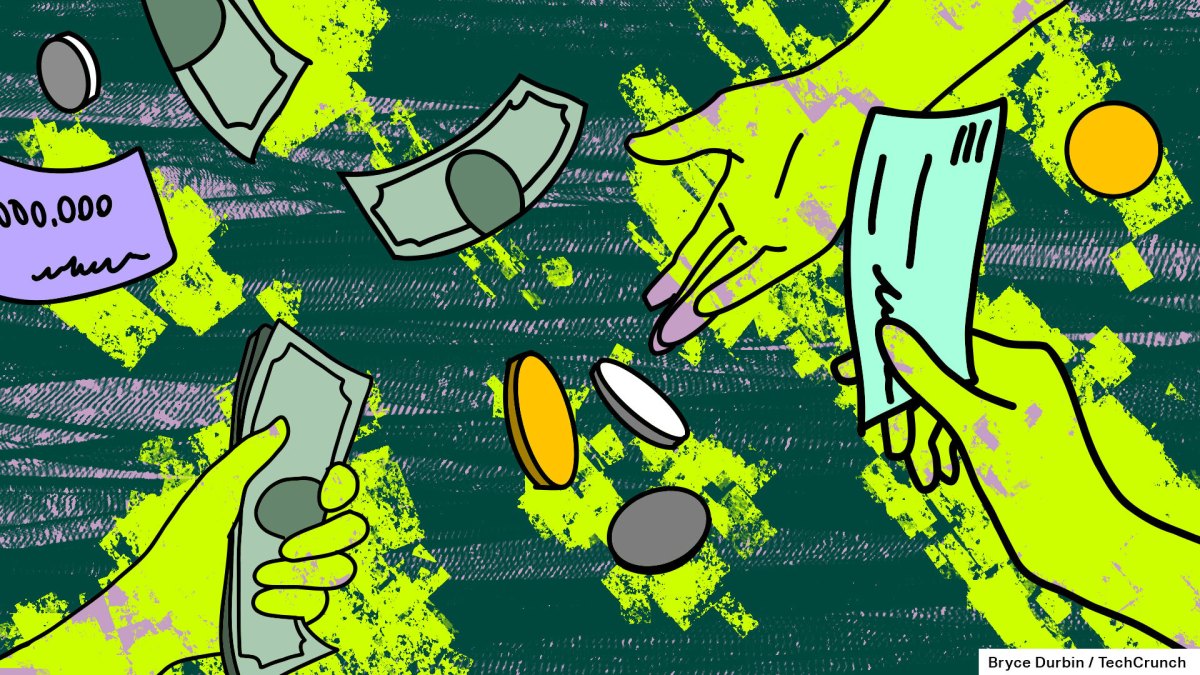(MENAFN– The Conversation)
Around 100,000 members of Vancouver’s Filipino community and other residents recently gathered to take part in the Lapu Lapu street festival to celebrate Filipino culture. This vibrant community celebration ended in tragedy when a vehicle was driven at high speed through the festival.
Eleven people were killed in the April 26 attack, and dozens injured in what acting police chief Steve Rai called the“darkest day in the city’s history .”
There has been an outpouring of community support for the victims, their friends and families, and the Filipino community in Vancouver. This support has taken the form of flowers and messages left at the attack site, vigils and gatherings and religious events .
And, as is now common following high-profile tragedies, the Lapu Lapu festival attack has been accompanied by a number of crowdfunding campaigns by and for its victims.
A memorial for the victims of the Lapu Lapu tragedy.
(J. Snyder), CC BY
Helping after disaster
Many of these crowdfunding campaigns are hosted by GoFundMe, which has set up a dedicated hub for these fundraisers . A week after the attack, the 16 campaigns on this hub had raised more than $2.3 million.
Dozens of other fundraisers on GoFundMe have raised additional money for various causes and groups associated with the tragedy and Vancouver’s Filipino community. Other crowdfunding platforms have also hosted related crowdfunding campaigns.
Crowdfunding is a way for the public to help those in need in concrete ways while also expressing their shock and sadness over tragic events. People from across the world have taken advantage of crowdfunding’s accessibility to learn about victims and join the outpouring of support.
This support can be large and consequential. A campaign for Andy Le, a teenager who lost his family at the festival attack, has received more than $500,000 in donations. As a result of this support, Le has in turn pledged to donate half that money to other victims .
This viral, international support has meant these campaigns are likely able to raise vastly more money than would be possible through traditional, purely local and offline activities.
Teenager Andy Le, who lost his family in the Lapu Lapu attack, redistributes the funds raised in an online campaign.
Fraud and fundraising
But while the online nature of crowdfunding allows for a global response to high-profile tragedies, the relatively impersonal nature of crowdfunding has its downsides. Our research has demonstrated that crowdfunding sometimes attracts fraudulent campaigns .
High-profile events that spur numerous campaigns and massive financial support are particularly attractive to fraudsters . Unfortunately, this has been the case with the Lapu Lapu festival tragedy. In one case, a GoFundMe campaign fraudulently raised more than $57,000 , ostensibly to return the body of“Reyna Dela Peñato” to the Philippines after her death at the festival and to support her sons.
Separately, the Philippine Consulate General of Vancouver warned of fraudulent campaigns on its behalf that used images from its website.
Vetting authenticity
Communities can provide mutual support by detecting these fraudulent campaigns, especially in tight-knit communities like Filipinos in Vancouver. In the case of the fraudulent campaign for“Reyna Dela Peñato,” it was flagged by Raquel Narraway, a Vancouver resident who had been compiling information on fundraisers. Narraway was able to marshal her connections to the local Filipino community to show that the campaign was not genuine.
GoFundMe does its own vetting as well, identifying some campaigns as“verified” after contacting organizers.
However, responding to actual and potential fraud creates new burdens on victims to prove their legitimacy to the public and crowdfunding platforms. Local community members are in turn taken away from grieving to investigate these campaigns. These policing activities inject a level of distrust into fundraising that is less present when giving takes place between people with pre-existing connections.
Growing challenges
While the problem of fraud in crowdfunding isn’t new, changes to the practice of crowdfunding may make it harder to detect. The advent of large language models or artificial intelligence (AI) tools like ChatGPT have made it easier for crowdfunding campaigners to edit their campaign narratives to appeal to a wider pool of potential donors.
Crowdfunding platforms like GoFundMe are also pushing AI features directly into their platforms to“enhance” these campaigns and help campaigners“connect with more donors .” These features may be especially appealing to people whose first language is not English, as may be the case with some victims of the Lapu Lapu festival attack.
While the AI-ification of crowdfunding creates a more level playing field for campaigners, it may also make fraud easier to commit and harder to detect. This will be true if generating fake campaigns is easier using chatbots and if legitimate campaigns use AI and take on a less authentic voice.
Online crowdfunding isn’t going anywhere, and for many victims of the Lapu Lapu festival attack, it has enabled them to ease some of the burden from that terrible day. However, we should be aware that crowdfunding isn’t a purely beneficial tool for people in need. Without proper oversight, it may develop in ways that are even more problematic.
![]()
MENAFN08052025000199003603ID1109524554

